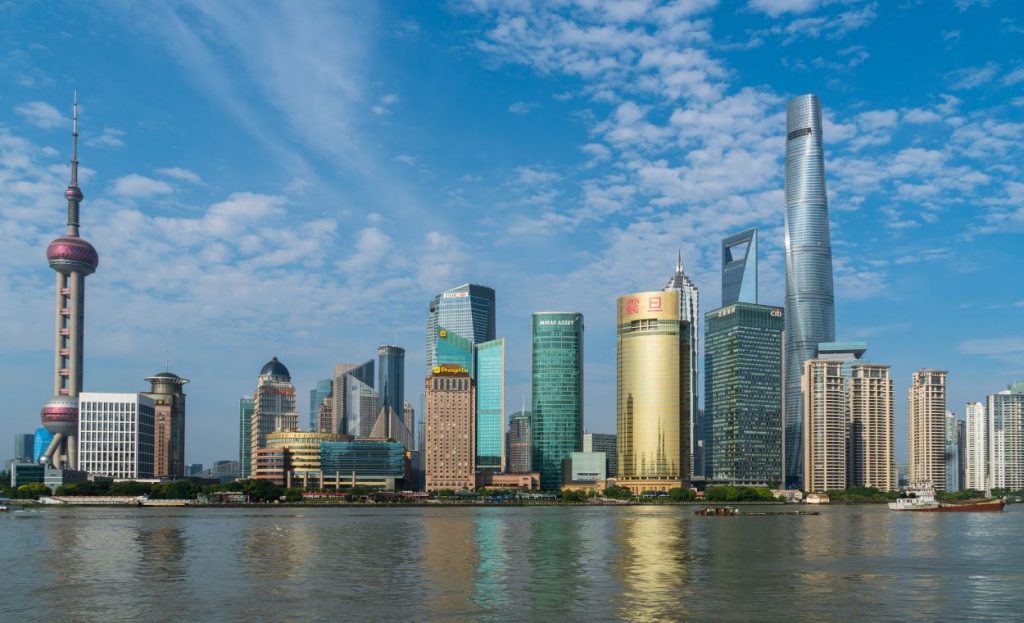For approximately three years, turning a blind eye to the heavy economic and social costs incurred, the Chinese government had unyieldingly adhered to its dynamic zero-Covid policy, to a point whereby it had become the signature strategy of the regime and its paramount leader. An unprecedented large-scale public protest has precipitated an uncharacteristic U-turn, resulting in a removal of virtually all onerous Covid-related restrictions.[1]
As Minxin Pei, a seasoned and thoughtful China watcher, has pointed out in his New York Times article, this crisis might furnish an opportunity to abandon the rigid politics-first policy, loosen the stranglehold on private enterprise, and re-embrace Deng Xiaoping-era pragmatism.[2] The positive economic impact would be enormous, with reverberations deeply felt throughout the globe.
This is a low-probability scenario, but the reopening of the economy taking place should not be without consequences, some positive and some negative. First, on the positive side, despite the expected surge in infections,[3] domestic economic activity is likely to accelerate somewhat because of pent-up consumer demand,[4] and, above all, the healthcare sector’s growing influence as a growth locomotive.[5] Supply-side constraints should also ease, giving a boost to exports, in addition to lowering barriers constricting domestic demand.[6]
On the negative side, the necessary and welcome reopening of the Chinese economy, coupled with aggressive pump priming, will inevitably drive-up prices of commodities, prolonging to some extent the current phase of the global economic cycle, characterized by determined efforts to subdue inflationary pressures through resolute monetary tightening.[7] This is the ineluctable outcome of jettisoning the endless lockdowns. As the New York Federal Reserve economists have observed: “[W]hat happens in China does not stay in China…specifically, …expansionary credit policies in China lead to notable increases in commodity prices, global production, and GDP outside of China driven by higher Chinese demand.”[8] The corollary is that the tension between economic growth and price instability may take somewhat longer to resolve than previously assumed, with most risk asset prices probably remaining range-bound during this period, but not without opportunities for long-term investors whose time horizon extends beyond the current cycle.
[1] See NPR, Some COVID Restrictions Have Been Eased in China After Widespread Protests Last Week, https://www.npr.org/2022/12/04/1140628165/some-covid-restrictions-have-been-eased-in-china-after-widespread-protests-last-
[2] See Minxin Pei, Xi Jinping’s Covid Crisis Is Really an Opportunity, https://www.nytimes.com/2022/12/14/opinion/china-covid-protest-democracy-xi.html
[3] See Jeff Pao, China’s Covid Outbreak Could Kill a Million: Study, https://asiatimes.com/2022/12/chinas-covid-outbreak-could-kill-a-million-study/
[4] See Neil Kimberley, China Economy: 2023 Recovery on Cards as Beijing Starts Shift from Zero-Covid Policy, https://www.scmp.com/comment/opinion/article/3202102/china-economy-2023-recovery-cards-beijing-starts-shift-zero-covid-policy
[5] See Uwe Papart & David P. Goldman, China’s Covid Pivot to Drive Economic Rebound, https://asiatimes.com/2022/12/chinas-covid-pivot-to-drive-economic-rebound/
[6] See Neil Kimberley, China Economy: 2023 Recovery on Cards as Beijing Starts Shift from Zero-Covid Policy, https://www.scmp.com/comment/opinion/article/3202102/china-economy-2023-recovery-cards-beijing-starts-shift-zero-covid-policy
[7] See William Pesek. US ‘Peak’ Infation Talk Misses the China Point, https://asiatimes.com/2022/12/us-peak-inflation-talk-misses-the-china-point/
[8] See William Pesek. US ‘Peak’ Infation Talk Misses the China Point, https://asiatimes.com/2022/12/us-peak-inflation-talk-misses-the-china-point/
